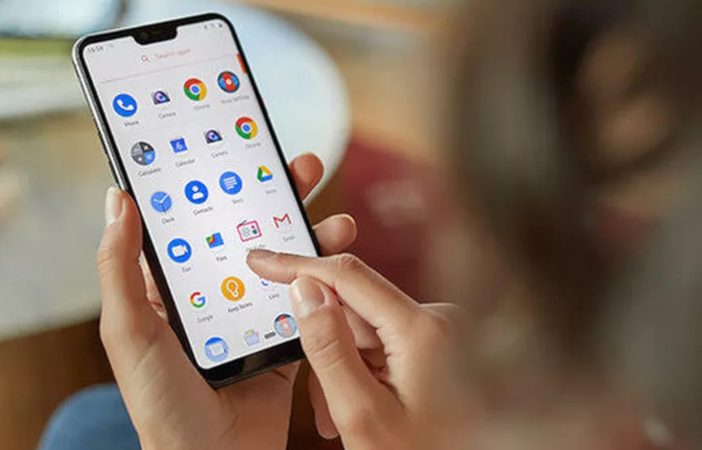Artificial intelligence (AI), it’s a term we’ve all heard before and are familiar with. But, how many of us really know what Ai is, and how it really works? In computer science, the term a refers to any ‘human-like’ intelligence exhibited by a computer, robot, or any machine. In popular, colloquial usage, AI is often used to refer to the ability of a computer or machine to mimic the capabilities of the human mind (i.e. learning from examples and experience, recognising objects, understanding and responding to language, making decisions, and solving problems), and then and combining this with other capabilities to perform functions a human might perform, such as greeting a hotel guest or driving a car.
AI has changed our lives in meaningful ways but no-where has it been more useful to our everyday lives than in the smartphone. But how does AI put the ‘smart’ into your smartphone? Let’s take a look at how AI works in modern smartphones and how smartphone users make use of AI capabilities in their phones.

Also read: Buying Guide: Best Mid-Range Smartphones Available in South Africa
According to a study by We Are Social and Hootsuite, South Africans spend on average 3-5 hours a day on their phones and as much as 60 times a day checking their phones. Within this time, AI is helping us improve the efficiency of using a smartphone smoothly. Arthur Goldstuck of South Africa’s World Wide Worx, notes that smartphones are increasingly using AI. The ability of AI to continually optimise the apps on smartphones, enabling much longer battery life, is a real plus in our country, which looks set to contend with regular loadshedding for years to come.
Voice commands to the rescue
The features most recognizably attributed to AI in smartphones are digital assistants like Google Assistant or Apple’s Siri. Statista notes that 40% of people use the voice search function on their phones at, which is AI-enabled, at least once every day, giving people on the go the ease of having to spend less time typing. AI has made this tool an easy and simple application just by the push of a button. What’s great about the use of AI in this function is that you can use it to make calls, search for locations or even to remember that favourite song you like.

AI in hardware
Many recent smartphones also have hardware optimised for AI. These chips are usually called a neural engine or neural processing unit and are designed for the fast processing of rapidly changing image data. Usually this sort of data would use more processor bandwidth and power in a conventional chip but phones are getting smarter and quicker at processing data thanks to AI optimised hardware. You’ll find such a processor in the Huawei Mate 40’s Kirin 1000 CPU.
Smart photography
Qualcomm also added AI optimisation to its Snapdragon 870chipset, used in numerous flagship smartphones. These tweaks are particularly useful for camera-based AI, which optimises the phone’s photographic abilities with things like face recognition and camera app scene recognition. Scene functionalities are perhaps the clearest application of AI in smartphone cameras. For example, the Huawei Mate 40 can identify multiple photography scene types, including sunsets, images of text, blue sky photos, food pictures, and snow scenes. This take on AI recognises objects in the scene to inform extra processing, giving you a turbo-charged image.

AI has taken smartphone photography to a new level. This technology, which enhances picture quality, means that anyone can take photographs of such good quality that they’re usable for print, for use on social media and even for business websites.
Find the best prices on smartphones online with PriceCheck now:





